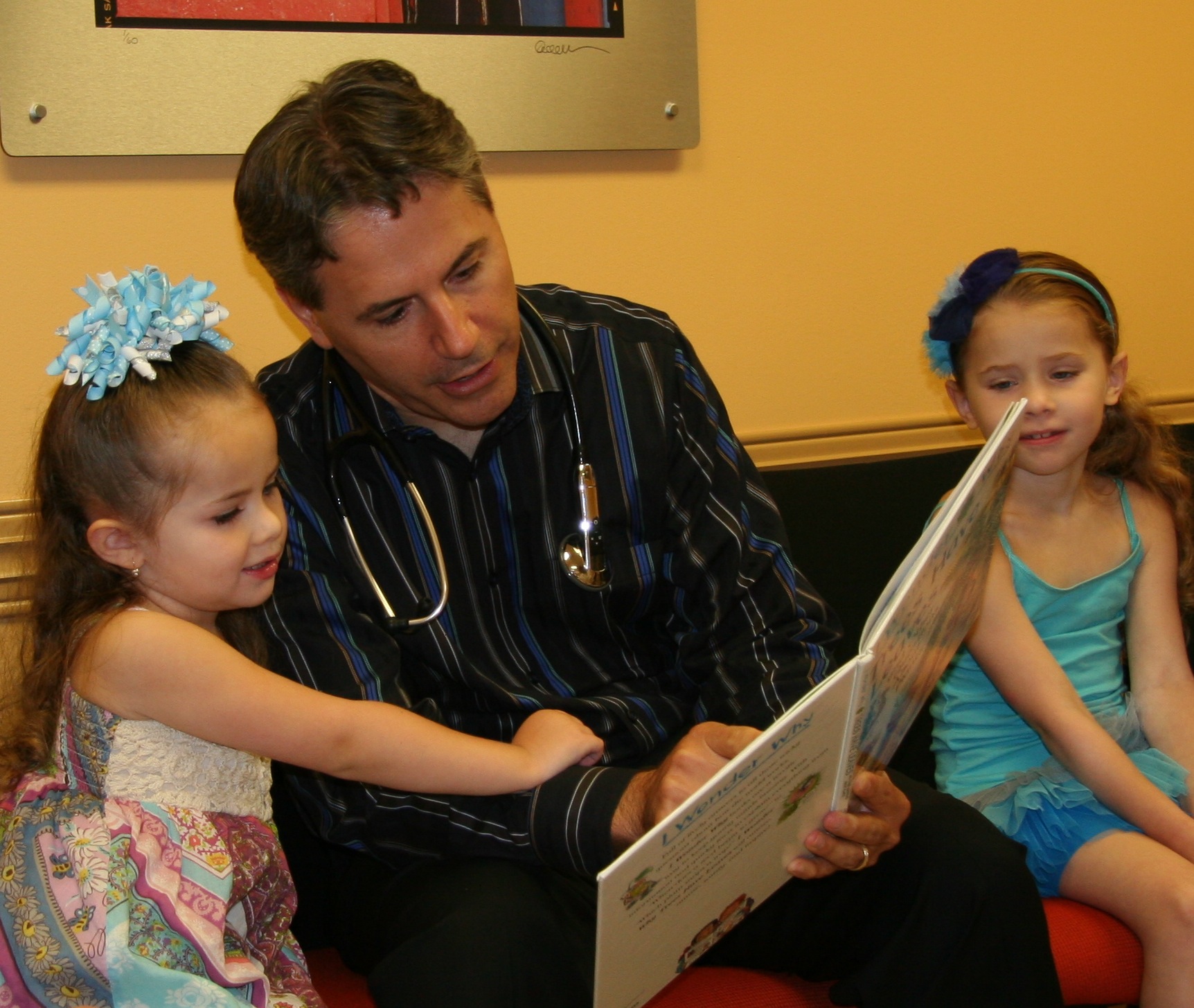 One of my staff members recently observed me going from room to room, seeing patients in my pediatric practice, without paper and without a laptop. This is my usual routine. I must have seen three or four kids in a row that afternoon when she asked me how I seemed to know who everyone was and how I remembered the details of their lives and of our encounters. It occurred to me that, after 20 years of practicing medicine, the "how" of each encounter had become as important as the "what."
One of my staff members recently observed me going from room to room, seeing patients in my pediatric practice, without paper and without a laptop. This is my usual routine. I must have seen three or four kids in a row that afternoon when she asked me how I seemed to know who everyone was and how I remembered the details of their lives and of our encounters. It occurred to me that, after 20 years of practicing medicine, the "how" of each encounter had become as important as the "what."
Yes, I am keenly aware of what is happening in the room when I'm with patients. It wasn't always this way. As a medical student and resident, I was taught to focus on "taking a history" and "doing a physical exam." The very words that describe these basic tenets of practicing medicine convey a one-sidedness, something that doctors do to patients. At the same time, we are taught that the medical history — literally, the patient's story — holds the key to their diagnosis 90 percent of the time. I use the word "diagnosis" not simply as a label but as a guide to understanding what needs to change to create optimal health. I have come to understand that the interaction itself — the sharing of stories — is critical in this creative process. In order to be effective, the encounter needs to be a two-way engagement. Healing is not something I do to my patients, it's something that we create and facilitate, together.
Being aware of what's happening in the room — paying attention to the process — requires an intention, a willingness to be present, to show up and engage with our patients in a way that is mutually respectful and says, "I am here with you and what you have to say matters as much as what I have to say." Maybe it's my training as a musician, but I've come to see my time "in the room" with patients as an interactive creative process, closest in my mind to playing in a jazz ensemble. We each introduce themes, one playing off the other, improvising at times, taking the conversation where we need it to go to allow healing to happen. And when it does, it's magical. Amy Begel, a groundbreaking family therapist and jazz musician, introduced this idea to me years ago in very literal terms. Amazingly, she has pioneered the use of jazz musicians as consultants in family therapy. She asks them to listen to the family's dialogue from behind a one-way mirror, come in the room, and then "play" what they've seen and heard. The family members can in turn respond to the musicians' interpretations. The impact on the therapeutic process can be remarkable. Honoring the creative aspect of the clinical encounter in this way, to me, is genius. Why does it work when it works? Amy comments, "The creative process for both musician and therapist is dependent on the practitioner's ability and willingness to give up control of the outcome." This openness to sharing the process requires what Dr. Brene Brown has described as "the courage to be vulnerable" in order to enhance our connection, which in turn leads ultimately to healing. And that, I believe, is the point.
Leave a Reply
You must be logged in to post a comment.